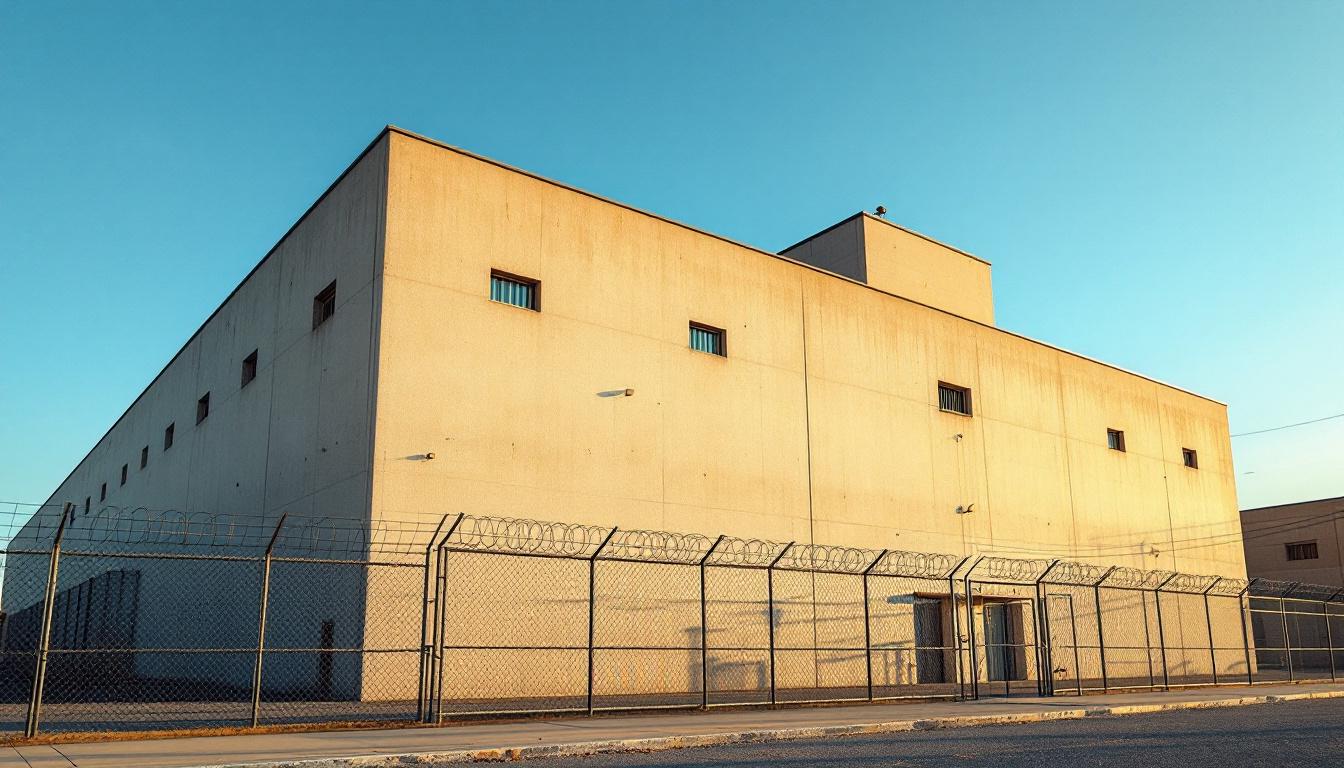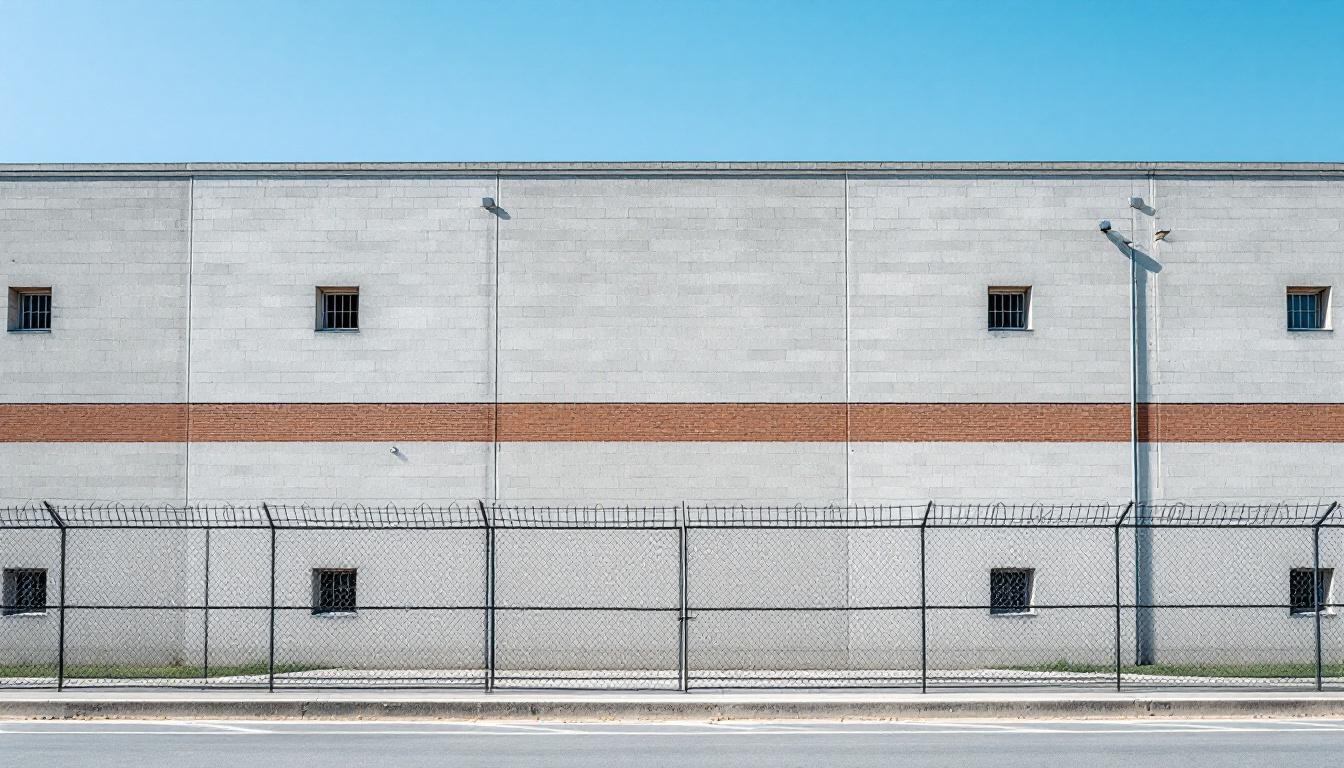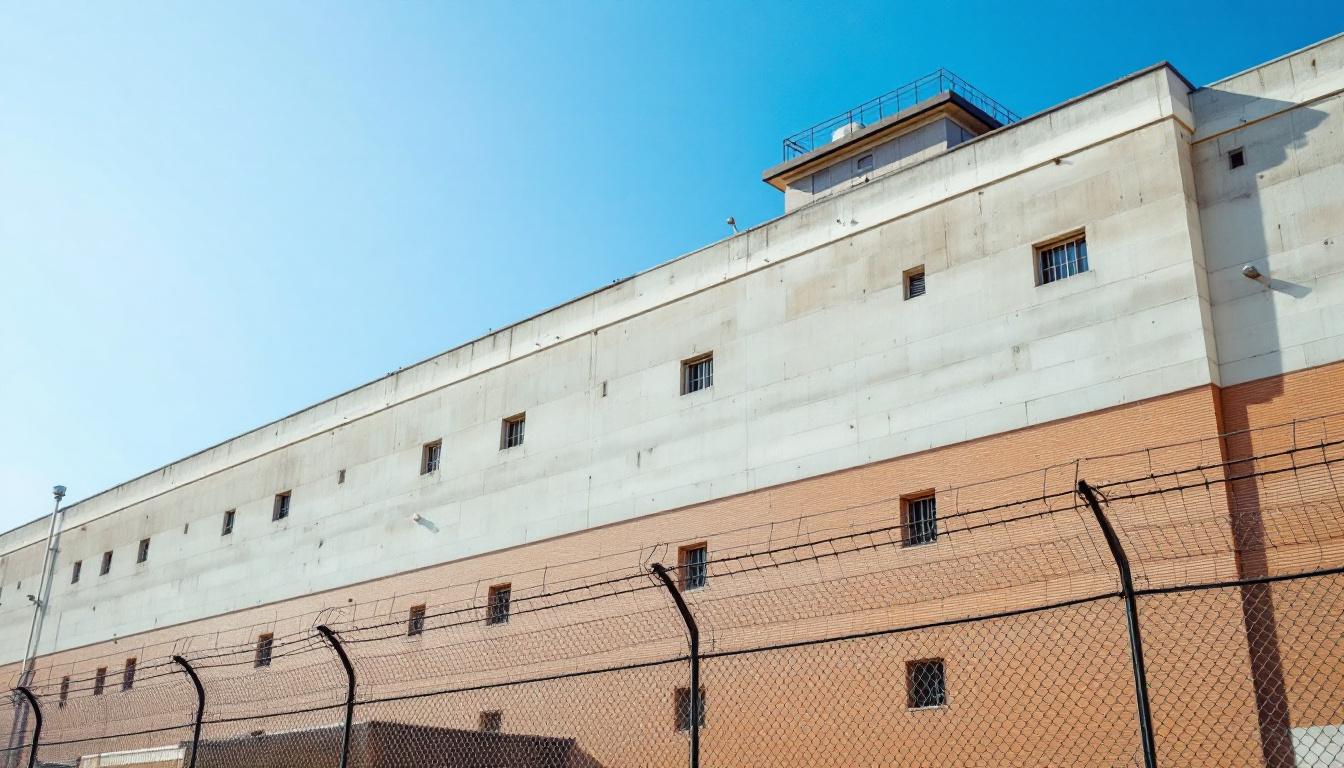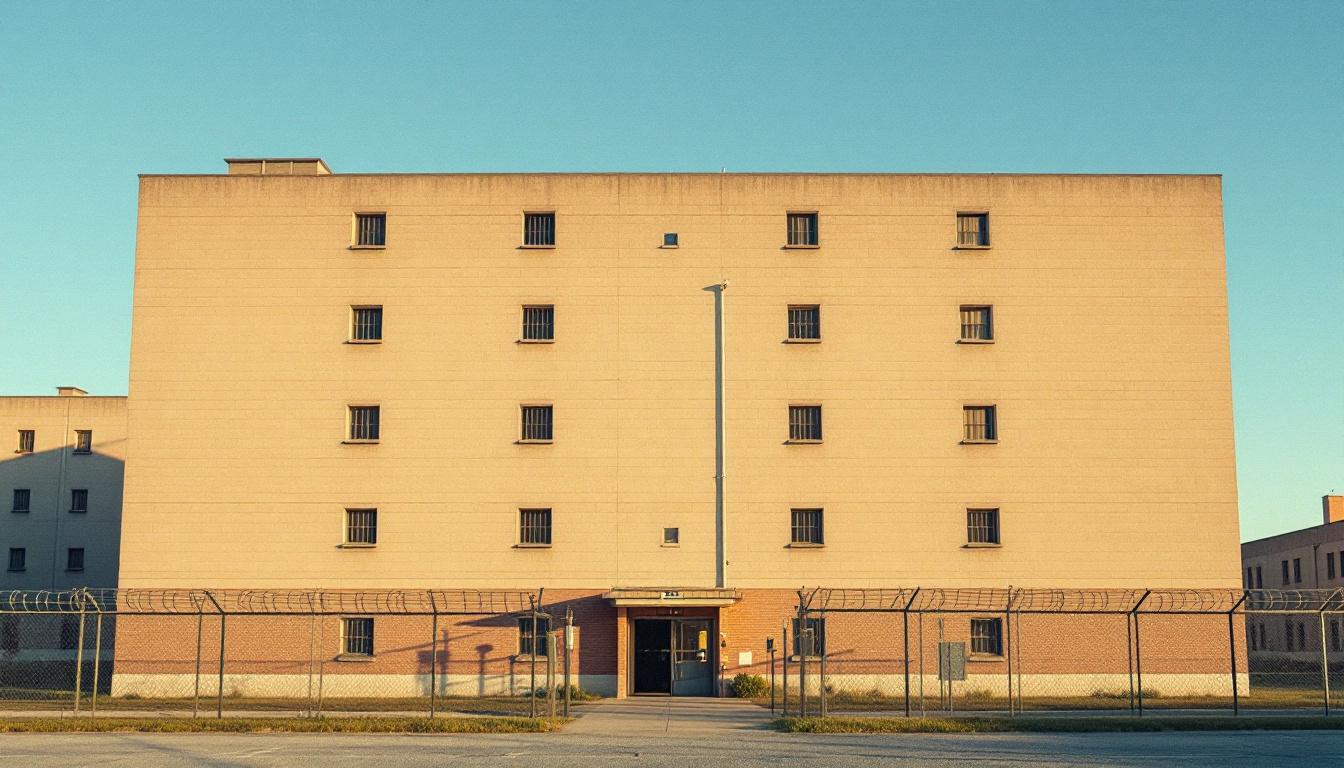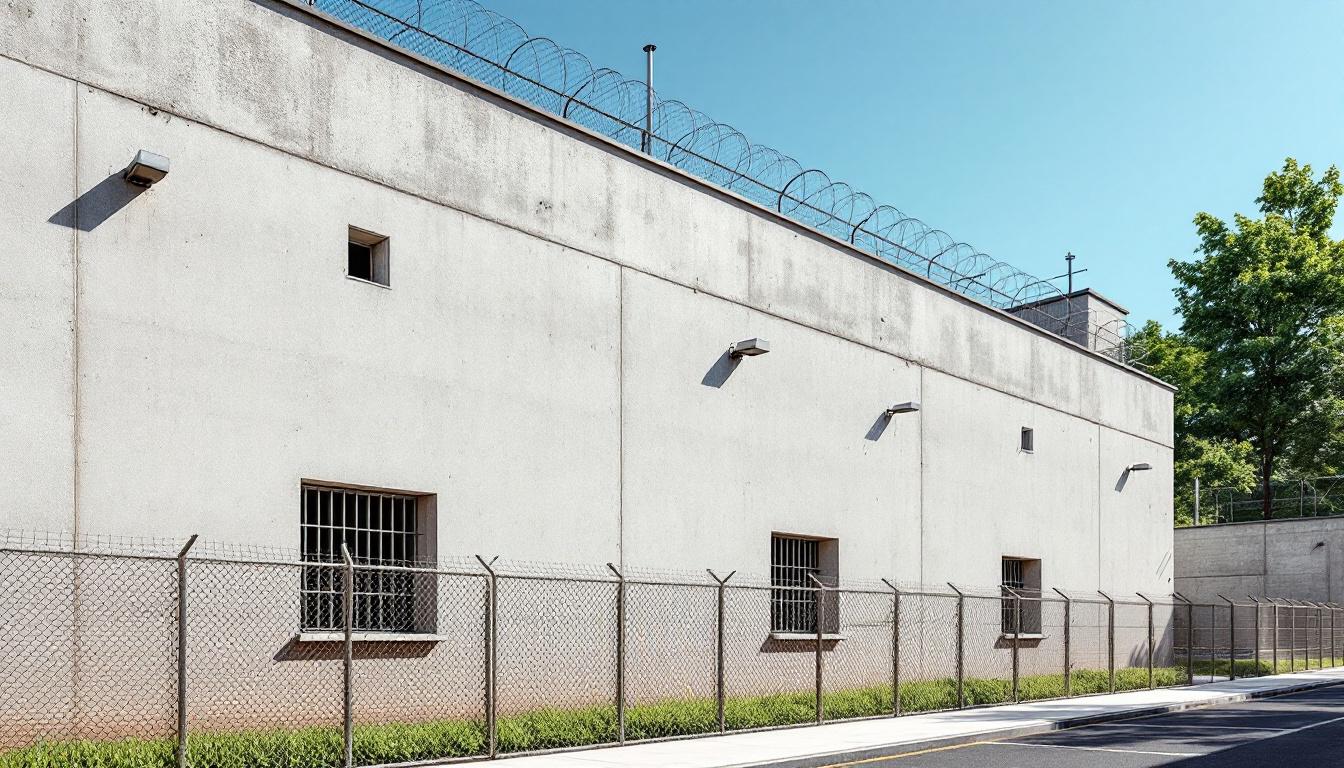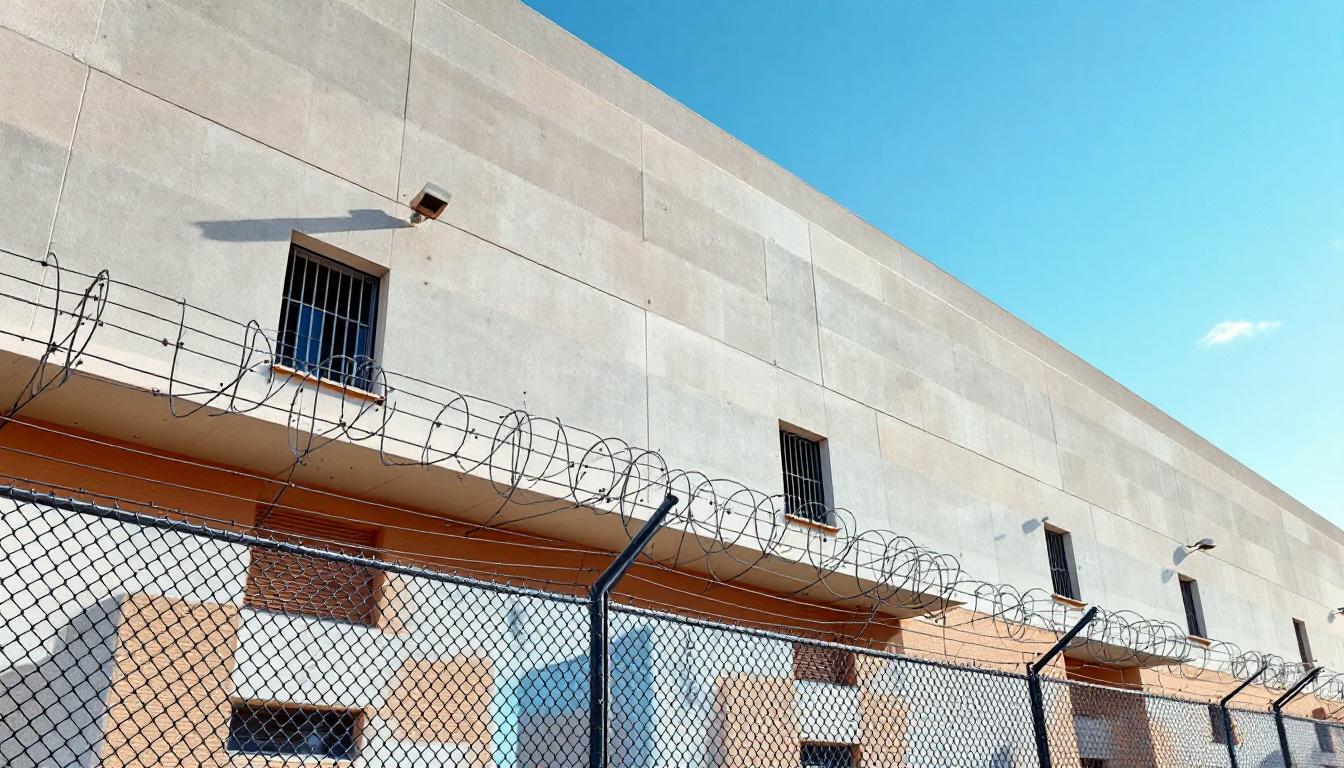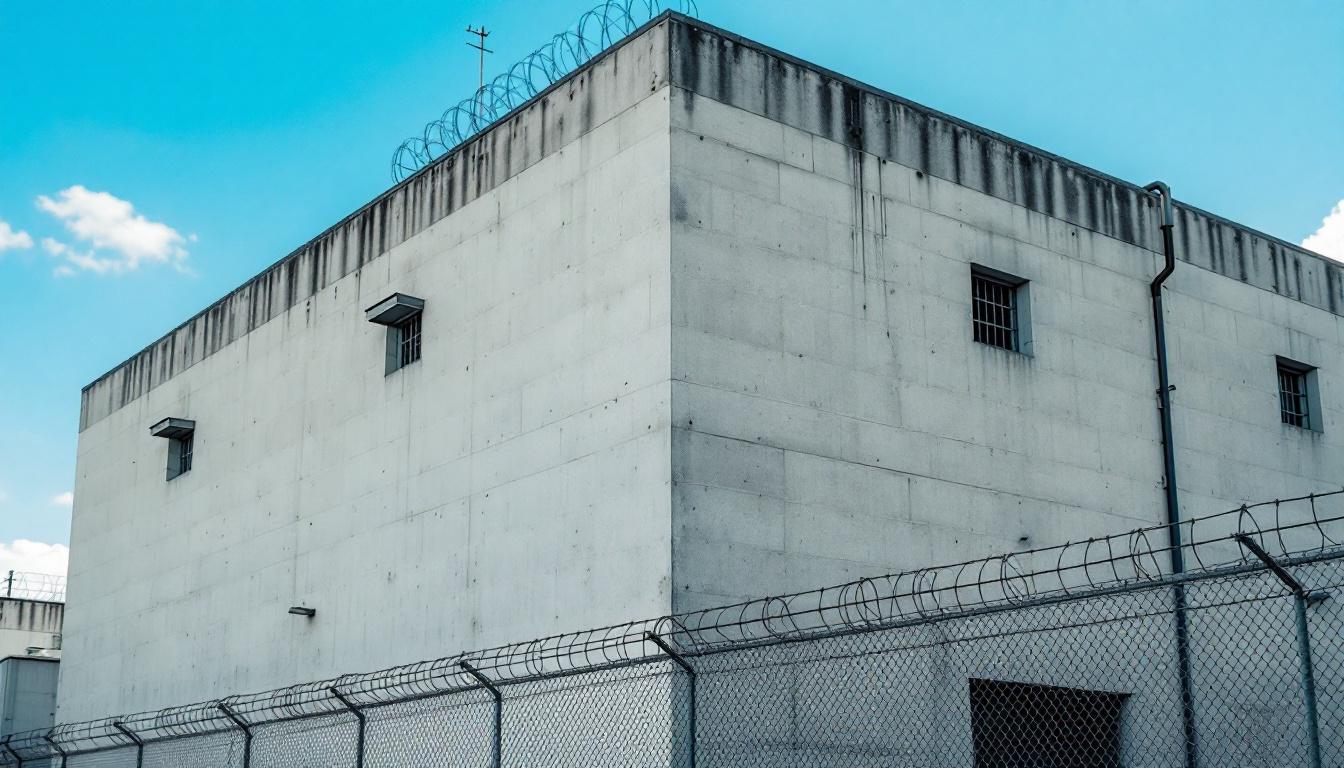
Quick Navigation
How to contact an inmate at Three Lakes Valley Conservation Camp
This comprehensive guide will walk you through how to connect with an inmate at Three Lakes Valley Conservation Camp. Follow the steps below to find an inmate and send letters and photos:
- Search for the inmate using our search tool below
- Create your account or log in to Penmate
- Write your message (up to 6,000 characters)
- Send instantly - inmates receive printed copies daily
Find an Inmate
Search for an inmate to start communicating today
Tip: You can search by first name, last name, or inmate ID number
To contact a person at Three Lakes Valley Conservation Camp start by searching for the person on the official facility website. Perform a search by following these steps:
- Step 1: Enter their first name and last name into the search form and click "Search"
- Step 2: Locate their inmate record
- Step 3: Write down their Inmate ID and any housing information provided
Important! Be sure to enter the person's full name. Nicknames should not be used.
How to Send Messages to Inmates

You can use your phone or computer to send emails, letters, and photos to an inmate. Messages are sent electronically to inmate tablets or kiosks at the facility. If you would like to send a message, start by searching for an inmate at Three Lakes Valley Conservation Camp.
Sending Photos and Postcards

A great way to send love and support to a loved one at Three Lakes Valley Conservation Camp is to send photos and postcards. It only takes a few minutes to send photos from your phone and it makes a huge difference. You can also mail postcards with words of support and inspiration, or design your own postcard for special moments like birthdays and holidays.
Important! Be sure not to send any explicit photos or they may not be approved by the facility. You can also use a photo printing app like Penmate to make sure your photos are printed at the correct size (4x6 or 3x5) and are mailed according to the rules and regulations of Three Lakes Valley Conservation Camp.
Frequently asked questions about Three Lakes Valley Conservation Camp
-
How long does it take to deliver a message?
If you're sending an email message your letter is usually delivered within 24-48 hours. For messages sent via mail you should expect delivery within 3-7 days. All messages will need be approved by Three Lakes Valley Conservation Camp.
-
How much does it cost to send a message to Three Lakes Valley Conservation Camp?
You can send a message free using your phone or mail a message via USPS for the price of a $0.60 stamp and envelope. You can also purchase credits or e-stamps from services starting at $1.99.
-
What services can I use to contact an inmate at Three Lakes Valley Conservation Camp?
Penmate
You can use Penmate to send letters and photos to an inmate from your phone. It's an easy way to stay in touch during your loved one's incarceration. Use the inmate locator to find an inmate's location and contact information, then you can send messages within a few minutes.
Securus messaging
Securus may be another option for communicating with an inmate at Three Lakes Valley Conservation Camp. You can create a friends and family account and purchase credits to send messages. All messages will be reviewed and must be approved by the facility.
JPay
Some county jails and state prisons may support sending messages with JPay. You must register an account with the system, find your loved one, and purchase stamps to send messages. For some locations you can also attach photos.
Smart Jail Mail
You may also check if Smart Jail Mail is available at Three Lakes Valley Conservation Camp. Smart Jail Mail is operated by Smart Communications and has contracted with some state and county jails. After purchasing credits, your messages and photos are sent to the facility, printed out, and then handed out to your loved one.
-
What is the mailing address of Three Lakes Valley Conservation Camp?
Mailing address:
Three Lakes Valley Conservation Camp
20825 Cold Creek Rd
Indian Springs, NV 89070
Phone: (702) 879-5475Business hours:
- Monday: 8:00 AM – 4:00 PM
- Tuesday: 8:00 AM – 4:00 PM
- Wednesday: 8:00 AM – 4:00 PM
- Thursday: 8:00 AM – 4:00 PM
- Friday: 8:00 AM – 4:00 PM
- Saturday: Closed
- Sunday: Closed
-
What are the visiting hours at Three Lakes Valley Conservation Camp?
Visiting hours at Three Lakes Valley Conservation Camp vary by housing unit and security level. Generally, visits are scheduled on weekends and holidays, with some facilities offering weekday visits. Contact the facility directly at (702) 879-5475 or check their website for the current visiting schedule. Visits typically last 30-60 minutes and must be scheduled in advance.
-
What items are prohibited when sending mail to Three Lakes Valley Conservation Camp?
Prohibited items typically include: cash, personal checks, stamps, stickers, glitter, glue, tape, staples, paperclips, polaroid photos, musical or blank greeting cards, hardcover books, magazines with staples, and any items containing metal or electronics. Only send letters on plain white paper with blue or black ink. Photos must be printed on regular photo paper (no Polaroids). Always check with Three Lakes Valley Conservation Camp for their specific mail policies.
-
How do I send money to an inmate at Three Lakes Valley Conservation Camp?
You can send money to an inmate at Three Lakes Valley Conservation Camp through several methods: 1) Online using JPay, Access Corrections, or the facility's approved vendor, 2) Money orders mailed directly to the facility with the inmate's name and ID number, 3) Kiosks located in the facility lobby, or 4) Over the phone using a credit or debit card. Fees vary by method, typically ranging from $2.95 to $11.95 per transaction.
-
Can I schedule a video visit with an inmate at Three Lakes Valley Conservation Camp?
Many facilities now offer video visitation as an alternative to in-person visits. At Three Lakes Valley Conservation Camp, video visits may be available through services like Penmate, Securus Video Connect, GTL, or ICSolutions. Video visits typically cost $10-20 for 20-30 minutes and must be scheduled in advance. You'll need a computer or smartphone with a camera and reliable internet connection. Contact the facility for their specific video visitation policies and approved vendors.
-
What identification do I need to visit an inmate at Three Lakes Valley Conservation Camp?
All visitors must present valid government-issued photo identification such as a driver's license, state ID, passport, or military ID. Minors must be accompanied by a parent or legal guardian who can provide the minor's birth certificate. Some facilities require visitors to be on the inmate's approved visitation list, which may require a background check. Contact Three Lakes Valley Conservation Camp for specific ID requirements and visitor approval procedures.
-
How can I find out an inmate's release date?
To find an inmate's release date at Three Lakes Valley Conservation Camp, you can: 1) Use the online inmate search tool if available, 2) Call the facility's records department, 3) Contact the inmate's case manager or counselor, or 4) Have the inmate provide this information during a call or visit. For privacy reasons, some facilities only release this information to immediate family members.
Facility Overview
Contact Information
Three Lakes Valley Conservation Camp20825 Cold Creek Rd
Indian Springs, NV 89070
Phone: (702) 879-5475
Official Website
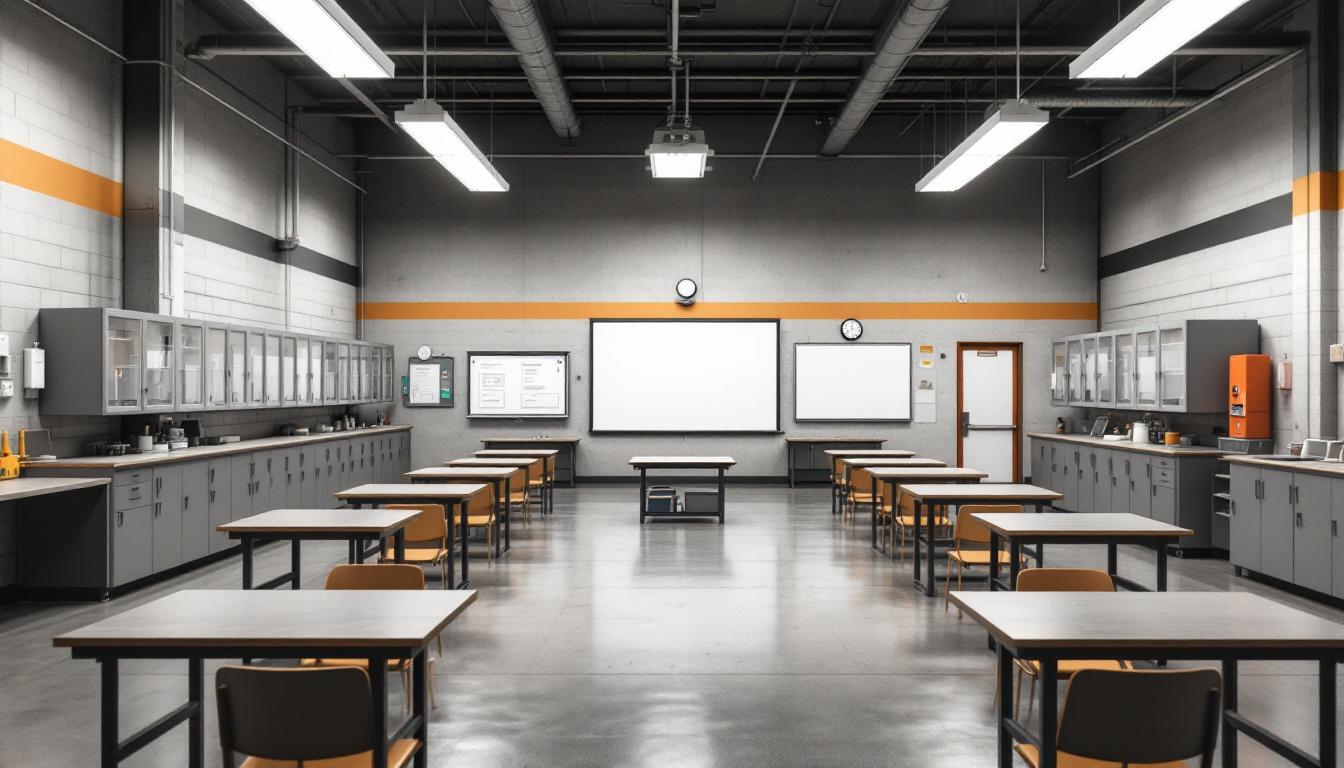
About Three Lakes Valley Conservation Camp
Nestled within the high desert landscape of southern Nevada, conservation-focused correctional programming takes on particular significance in the arid mountain region surrounding Indian Springs. Three Lakes Valley Conservation Camp operates as a specialized NV correctional facility designed to combine incarceration with environmental stewardship, reflecting the state’s commitment to rehabilitation through meaningful work and skill development. The facility’s location in this rural setting provides an environment where those incarcerated services can extend beyond traditional programming to include conservation efforts that benefit both participants and the surrounding ecosystem.
The camp typically emphasizes work-based rehabilitation programs that may include fire suppression support, habitat restoration, and various conservation projects throughout the region. This correctional facility generally serves individuals who have demonstrated readiness for minimum-security placement and community-oriented work assignments. Participants often engage in outdoor labor programs that build practical skills while contributing to Nevada’s environmental conservation needs, from trail maintenance to erosion control projects in the challenging desert terrain. Such programming may help prepare individuals for reentry while addressing the state’s ongoing conservation requirements in this geographically significant area.
Three Lakes Valley Conservation Camp represents part of Nevada’s broader approach to corrections, where rehabilitation efforts often incorporate the state’s comprehensive geographic challenges and opportunities. The facility typically provides basic educational services, substance abuse programming, and pre-release preparation alongside its conservation focus. Located in Indian Springs, the camp serves as a bridge between traditional incarceration and community reintegration, utilizing the natural environment as both a classroom and workplace for those working toward successful reentry into society.
Programs & Services
Meaningful pathways toward personal transformation and skill development create the foundation for those incarcerated at Three Lakes Valley Conservation Camp. The facility typically emphasizes structured opportunities that address both immediate needs and long-term reintegration goals. Through a comprehensive approach to rehabilitation, the camp may furnish various offerings designed to build essential life skills while maintaining a secure environment focused on safety and accountability.
Educational advancement and career preparation form core components of the facility’s development strategy. Those incarcerated often have access to basic education services that may include literacy programs and academic skill building. Moreover, vocational programs typically provide hands-on training in practical trades and marketable skills. These offerings are often structured to help participants develop both technical competencies and workplace readiness, preparing them for successful community reintegration upon release.
Support services and therapeutic interventions address the underlying factors that contribute to criminal behavior. The facility may furnish substance abuse treatment programs designed to help those incarcerated overcome addiction challenges through evidence-based approaches. Moreover, specialized services often include veteran-specific support for those who have served in the military, victim awareness programs that promote accountability and empathy, and time management training that helps participants develop essential organizational skills. These therapeutic offerings typically operate within a structured framework that emphasizes personal responsibility while providing the support necessary for meaningful behavioral change.
Daily Life & Visitation
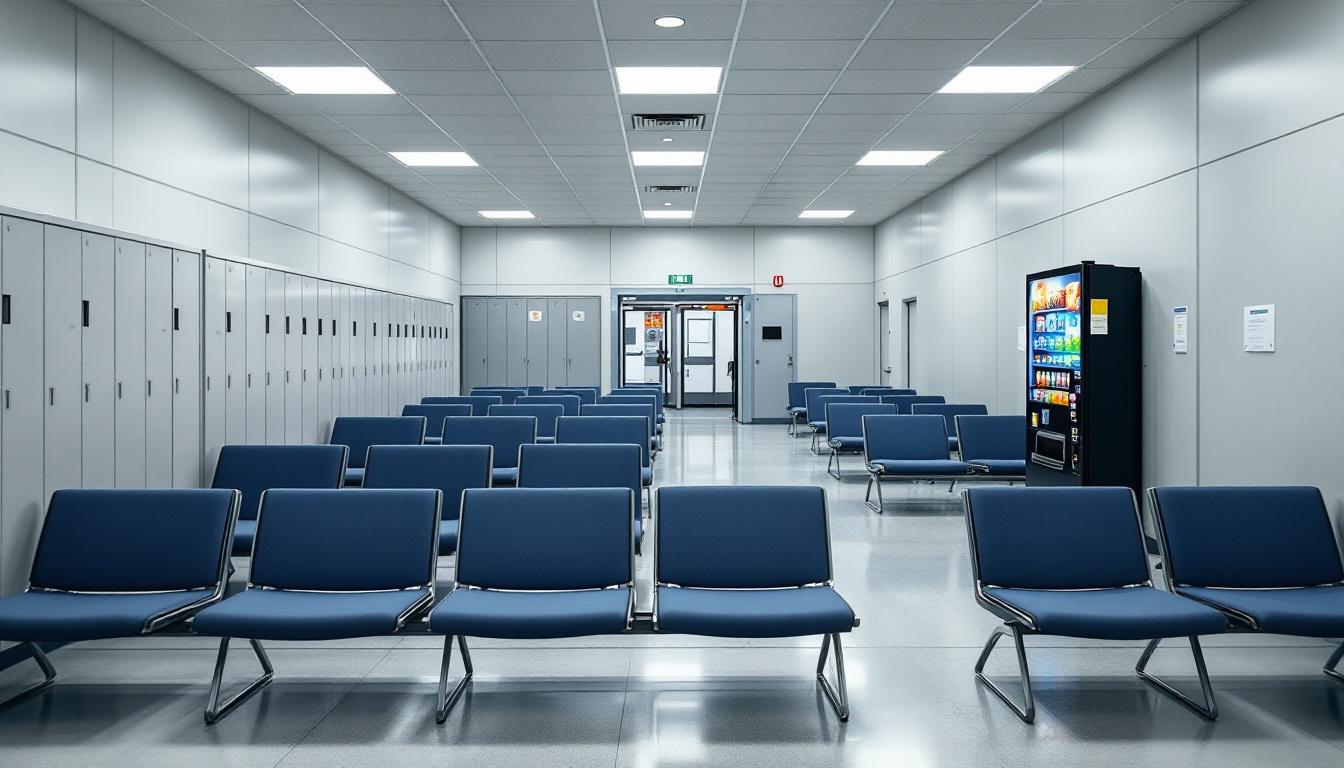
Building connections with family and fellow residents forms the cornerstone of life for those incarcerated at Three Lakes Valley Conservation Camp. The camp environment regularly fosters a sense of shared purpose, as individuals work together on conservation projects while maintaining vital ties to their support networks outside. Community bonds now develop through structured group activities and collaborative work assignments that encourage positive social interactions.
Housing arrangements at the facility typically feature dormitory-style accommodations that promote a more open living environment compared to traditional correctional settings. Those incarcerated generally share living spaces that may include common areas where residents can gather during designated free time periods. Meals are usually served in a communal dining hall, furnishing opportunities for social interaction and community building throughout the day. Personal property allowances often include items that help maintain connections to home, while commissary services may provide additional comfort items and communication supplies.
Moreover, the facility typically offers various recreational activities and structured programming that supports both personal development and family connections. Exercise opportunities often include outdoor activities that take advantage of the natural setting, while educational and vocational programs may furnish valuable skills training. Visitation policies generally allow for regular contact with family members, whereas telephone and written correspondence options help those incarcerated maintain ongoing relationships with their support systems. Work assignments frequently involve conservation and maintenance projects that not dedicated provide structure but also contribute to the broader community, helping residents develop a sense of purpose and responsibility during their time at the camp.
Ready to Connect?
Start communicating with your loved one today
Search for an Inmate
